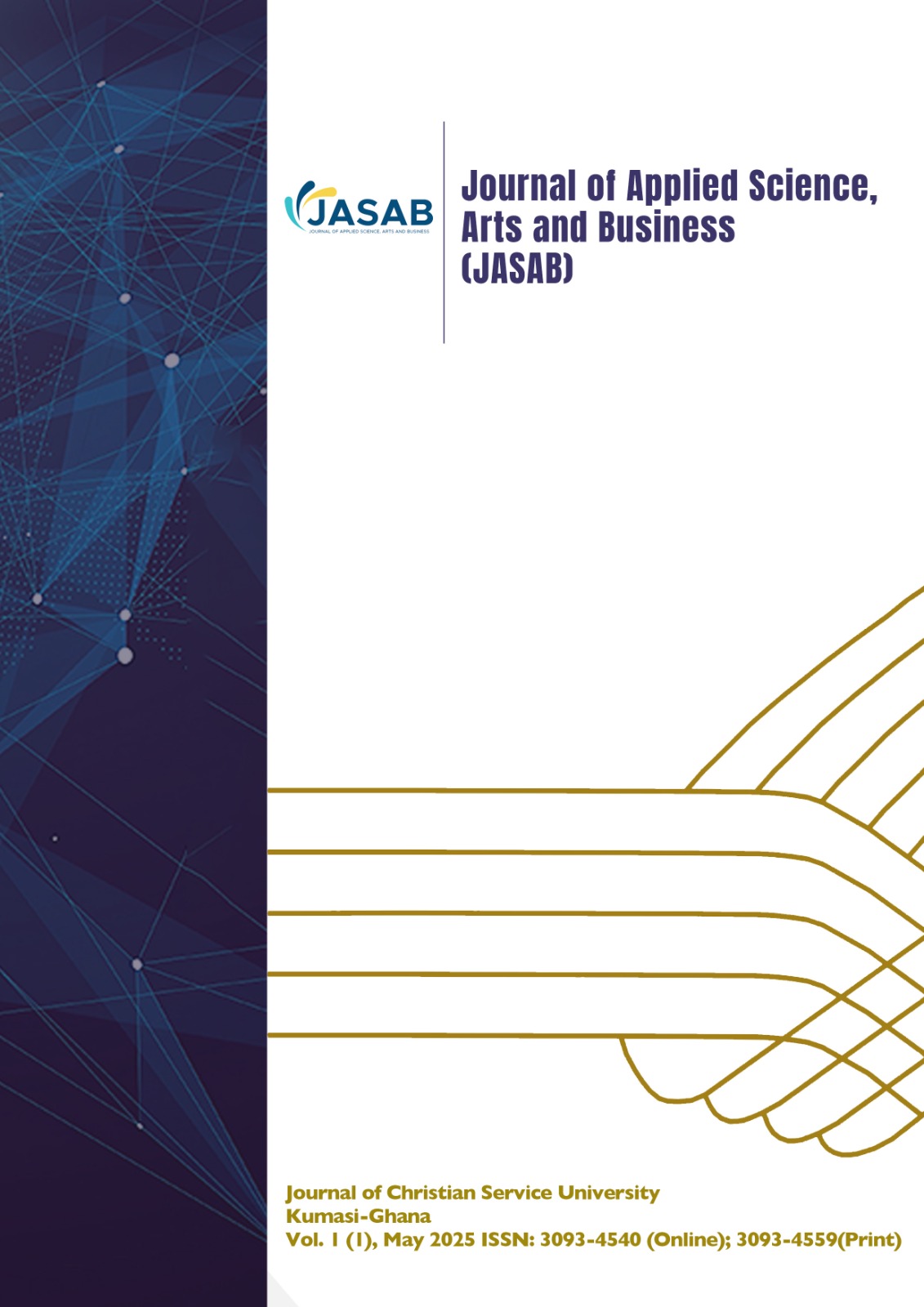Abstract
The concept of ta erga, is a central thread in John’s theological tapestry. However, John’s multifaceted presentation of ta erga has generated a lot of scholarly debate. This paper examines the concept of ta erga in John’s Gospel through an integrated linguistic-theological methodology, investigating how he employs this significant motif to develop his Christological and theological narrative. The purpose of this study is to demonstrate that John’s strategic deployment of ta erga motif serves both a revelatory and legitimating function in his theological narrative. Again, the research aims to show how ta erga functions as key theological concept that bridges divine initiative and human response, particularly in relation to faith and understanding Jesus’ identity. Most significantly, the study reveals that John gradually expands the semantic range of ta erga beyond miraculous activities to encompass Jesus’ entire salvific mission. The research aims to contribute to Johannine scholarship by highlighting the sophisticated interplay between ta erga and semeia, in John’s narratives. The findings revealed that ta erga motif in John, serves multiple functions: authenticating Jesus’ divine origin, revealing his unity with the Father, and providing a basis for faith. The research concludes that John’s presentation of ta erga, forms an integral part of his theological strategy, demonstrating Jesus’ divine identity and mission through both word and deed.

